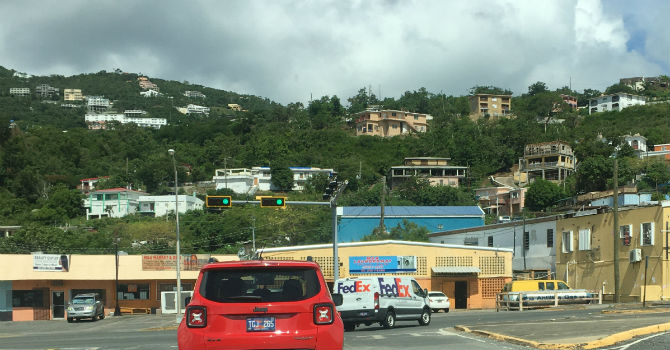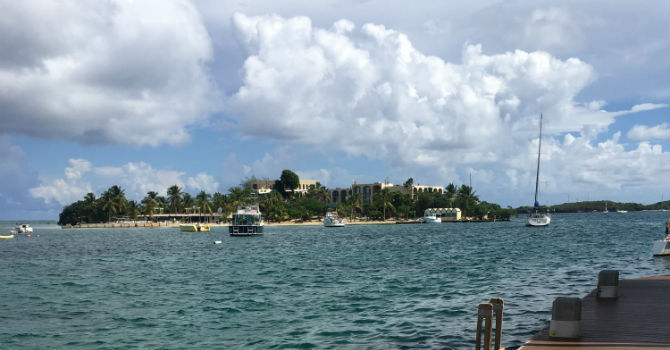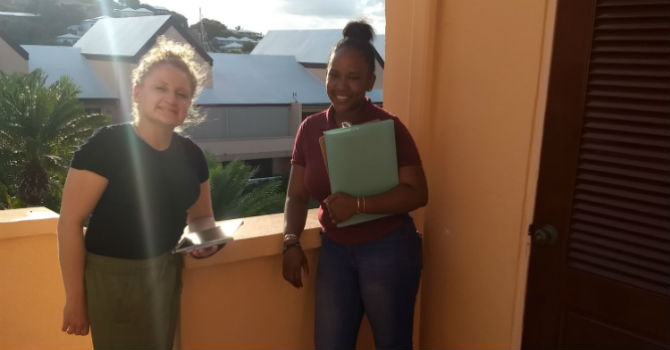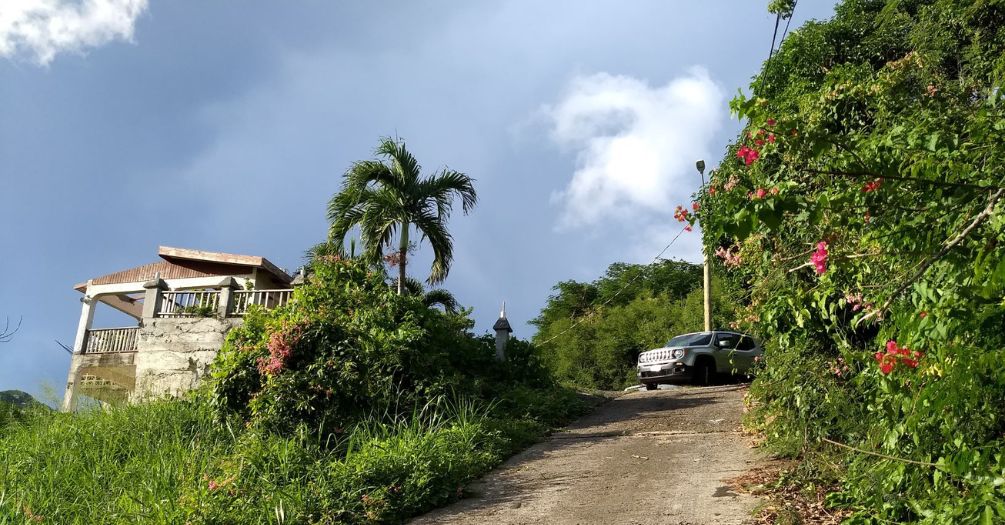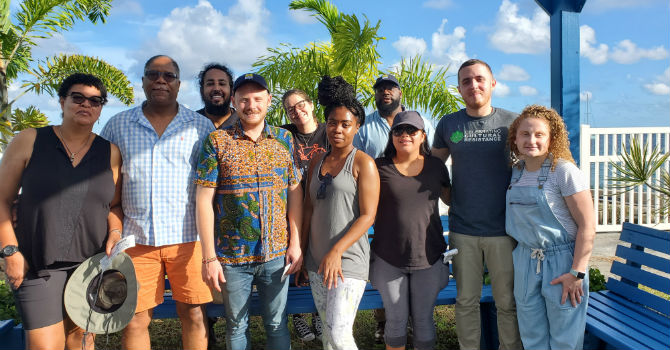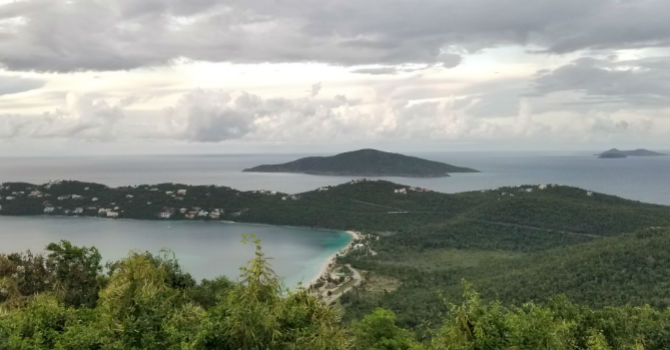Reflections on Experience on St. Croix and St. Thomas
Cindra James, MPA, Emergency Preparedness Administrator at Washtenaw County Health Department
December 16, 2019, Community Partnership, Disaster Relief, Mental Health, Practice
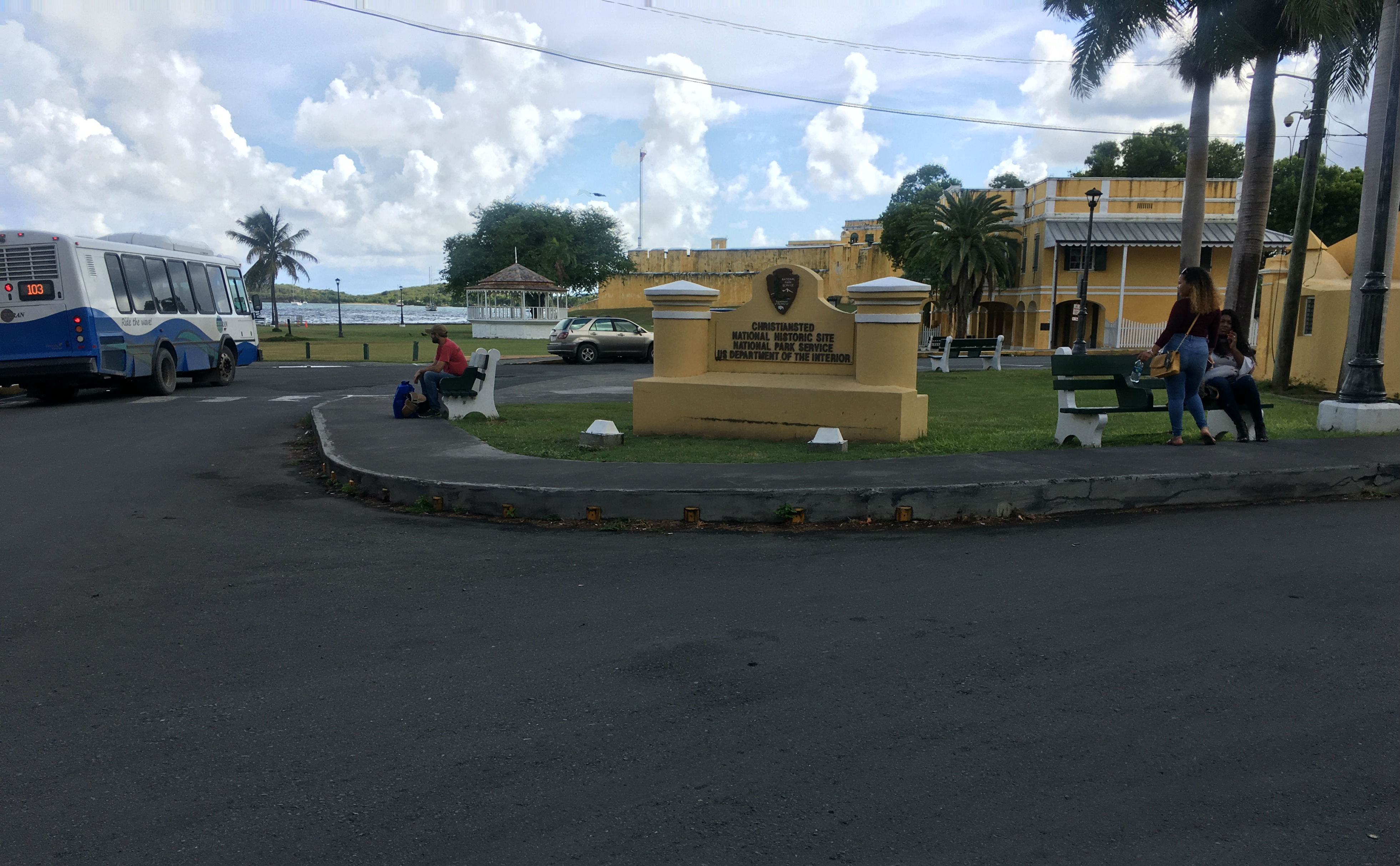 Christiansted National Historic Site, National Park Service, U.S. Department of the
Interior
Christiansted National Historic Site, National Park Service, U.S. Department of the
Interior
Upon reflection of my week in the USVI, several thoughts have been running through my head: getting a peek behind the curtain of realities of living in the Caribbean; flaws in the recovery effort; the Crucians and St. Thomians resilience; and mental health issues plaguing the residents of the islands.
Public health departments do surveys on a regular basis, asking anything from what your service was like to in-depth health questions, that may help focus on where resources go. Often those that are surveyed do so anonymously, with epidemiologist or health educators gathering and tallying the data to create a report. It was amazing to participate in a CASPER or needs assessment. While the same questions that are on a regular survey might be asked, speaking with resident face to face and hearing their stories was informative and eye-opening; allowing for nuances and storytelling that gave a broader and more complete scenario.
There were also different responses when asking people whether they wanted to participate. Some were gung-ho and invited us into their home and spoke with us at length, sharing how the hurricane affected them, their families and the communities. Others participated but were a little wary as they weren’t happy with the response thus far and were very stilted in their response. Then there were those that refused to participate but still talked to us off the record with their concerns, frustrations and anger toward what hasn’t been done or perceived corruption from contractors. This kind of information can’t be found on the average survey as most surveyed won’t take the time to write more information when asked an open-ended question.
After doing emergency preparedness for the last 16-1/2 years, this assessment gave me a lot of new ideas on how my program can gather more focused information from the community in a way that makes a difference, allowing me to work with those who might be most vulnerable, and finding out how public health can work with them prior to an emergency or disaster. Finding out what the real barriers or challenges could be can make all the difference on how people respond and how they recover.
As one who has thought often about living on St. Croix, this trip showed me the realities of doing so. There is so much beauty on the island but there is also a harshness that you must realize if a disaster occurs; this also lent to stories of resilience and communities coming together and working as one. When talking to people I surveyed or people I met along the way, they all talked of working together after the hurricane hit and during the subsequent recovery. I heard stories of one woman opening her home up to others for coffee or use of their computer to communicate with families elsewhere. Others told stories of people who had transportation, going to get supplies and handing it out their neighbors who couldn’t get out. One woman’s husband did roofing for a living and went around helping to cover roofs for free. There are so many stories of communities coming together, helping others.
Those are the heartwarming stories. Some of the other stories weren’t so happy. Some people felt isolated as they sat alone in the dark, with plywood covered windows, with no electricity. Some complained of the ineptness of governmental agencies and contractors not doing things correctly; shifting supplies to those who can pay out of pocket. There were stories of people who lost everything—their home, their job, etc. A few people were visibly angry and talked about what they felt was bias towards those that didn’t have the resources to fix their homes; they wouldn’t participate but still wanted their voices heard. Infrastructures still need to be repaired and/or updated. Communication notification (i.e. cell phone alerts) systems fail in certain area when a storm is on the horizon, leaving some residents without information.
Some cried during our visits as they relived the fear of being basically held prisoner by the storm in their home, while answering questions. Others talked of anxiety, hopelessness, and despair, making it apparent that there is a great need for more mental health services to be available. Two years after the hurricane, residents are still feeling the effects and some exhibiting signs of PSTD. I felt helpless talking to the residents, as I could offer them nothing in the way of reassurances or exactly where they could go for assistance. For me, someone who likes to connect people to what they need and is usually proficient in doing so, it was humbling. One upside is that it did seem that those who agreed to be interviewed, really wanted to talk about their experience and have their voice heard. I got the opinion, that these assessments were the only time someone came and spoke with them about the realities of daily life after the hurricane. Once they opened up, I got more than the, ‘better, worse, or same’ standardized answer.
I appreciated and felt privileged to get the opportunity to go with University of Michigan School of Public Health’s office of Public Health Practice to the USVI to assist them and the CDC in conducting the CASPER. This kind of work is needed not only for disasters but for any type of community engagement.

